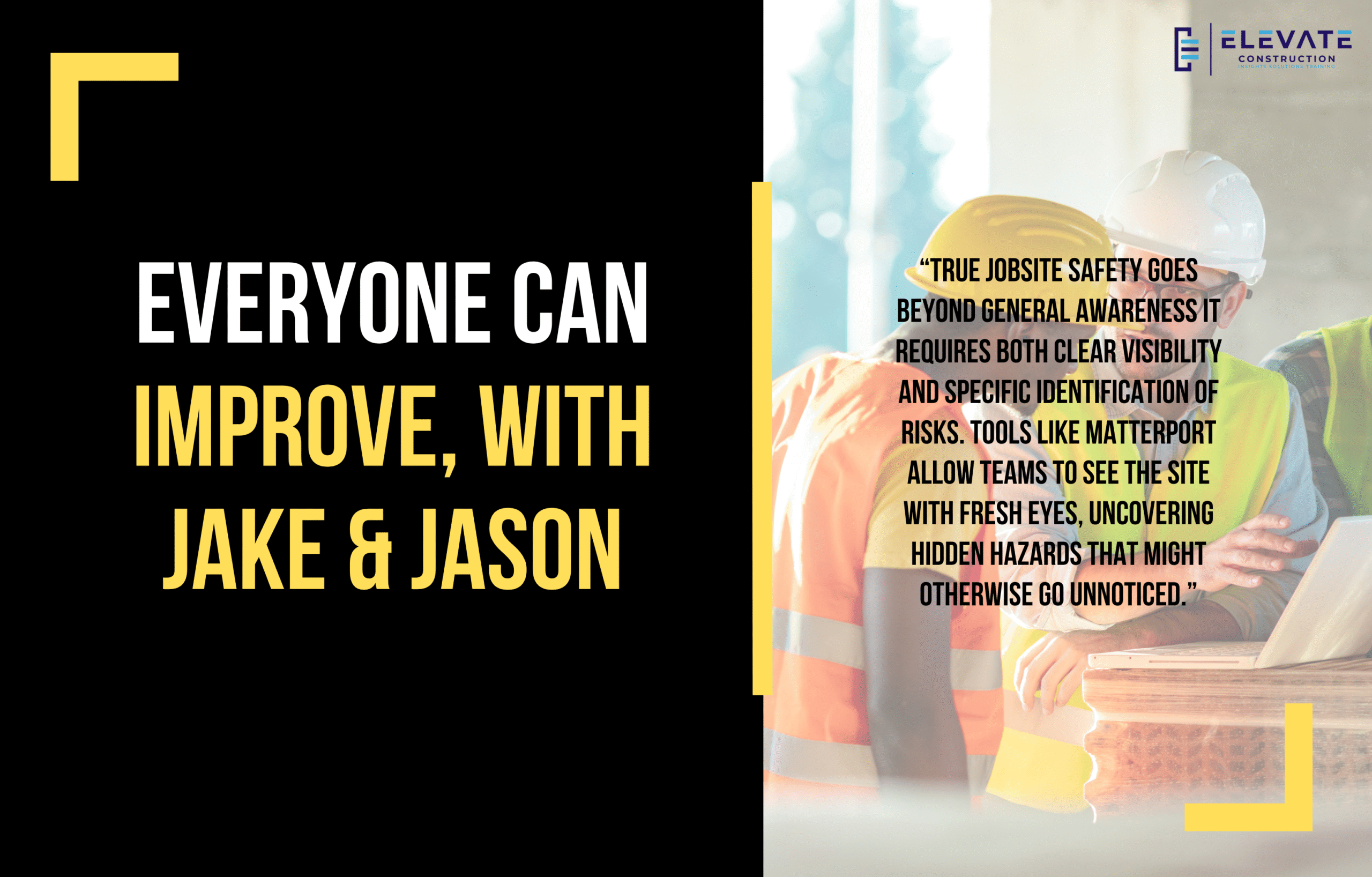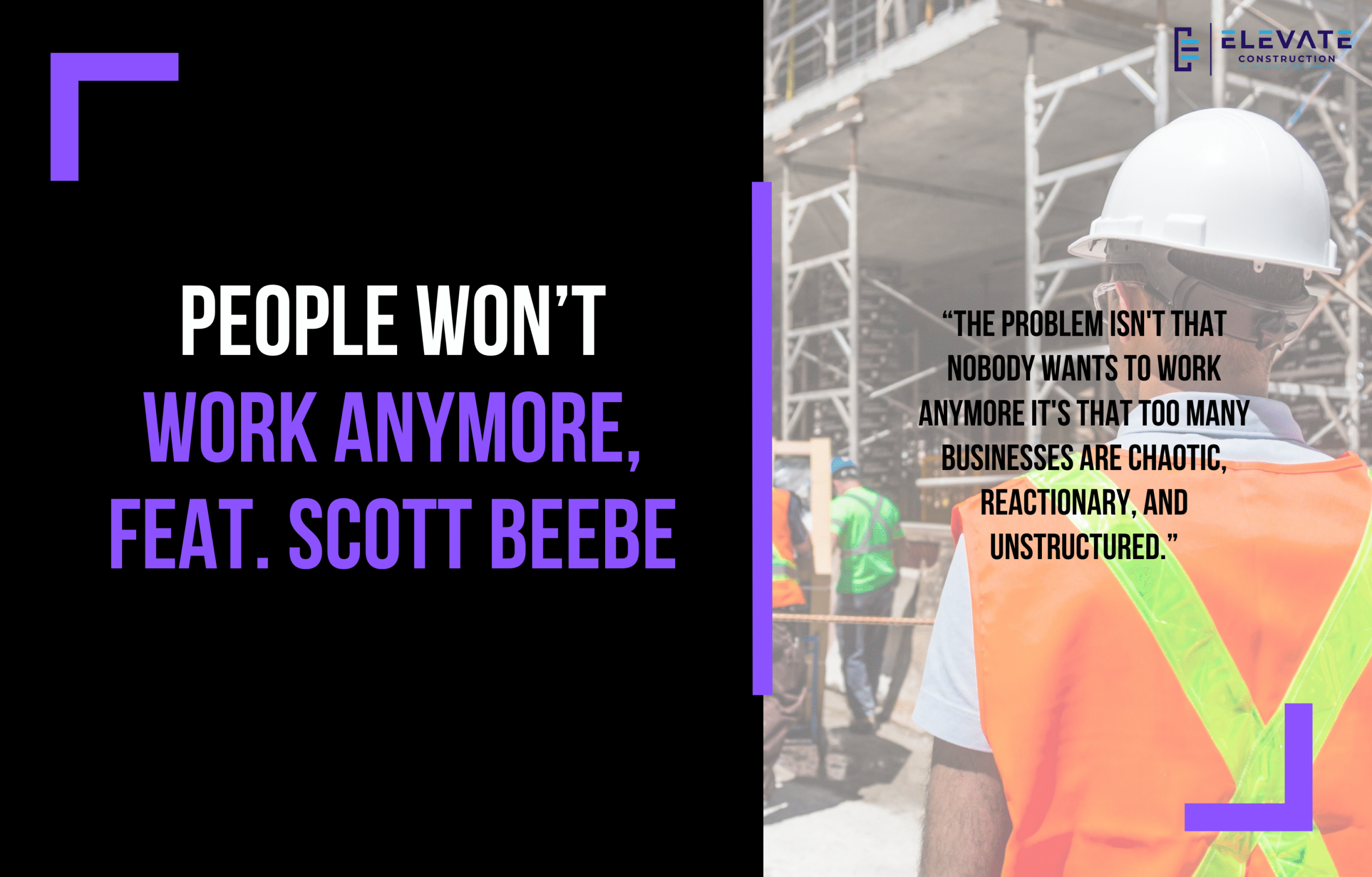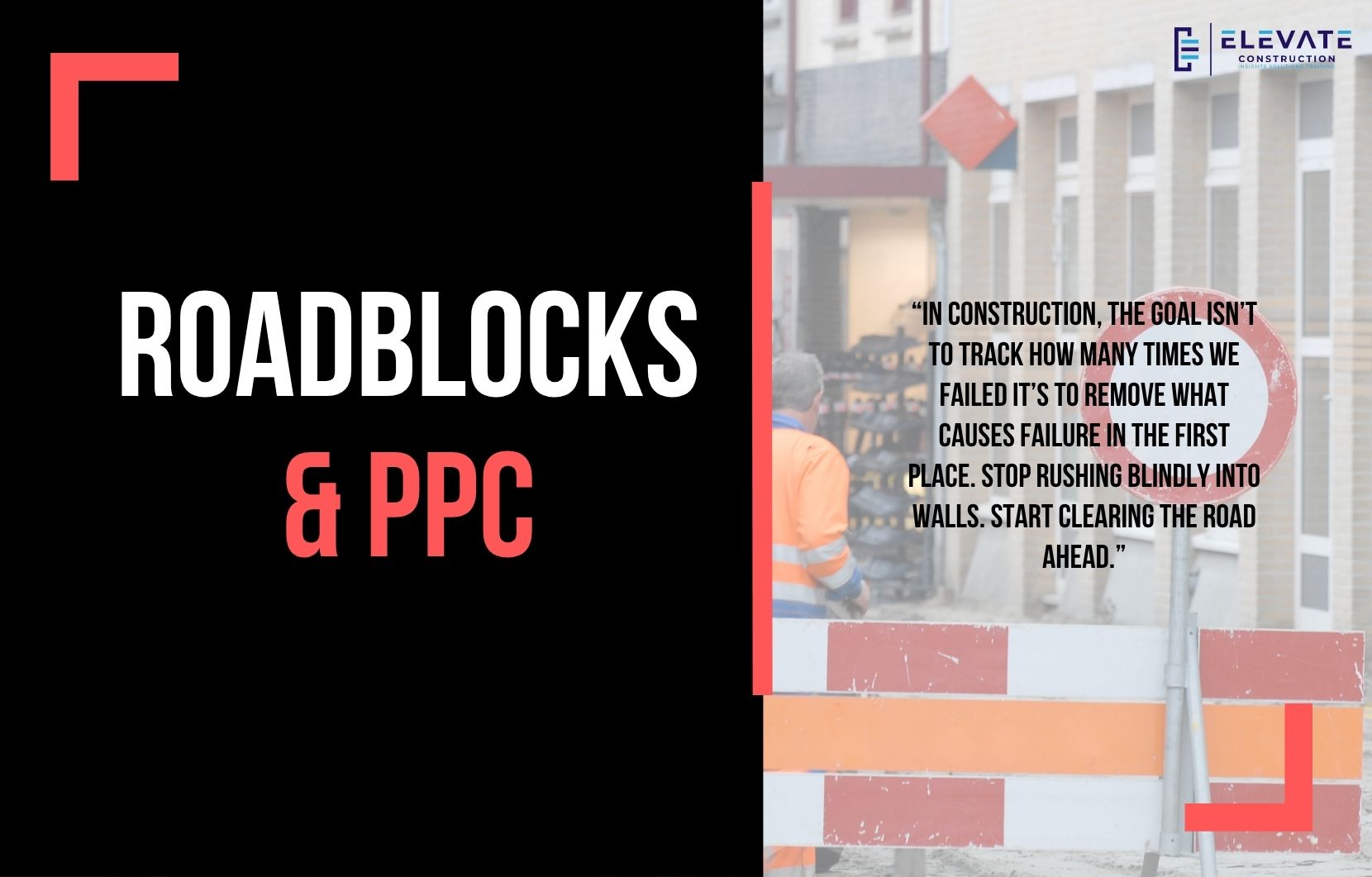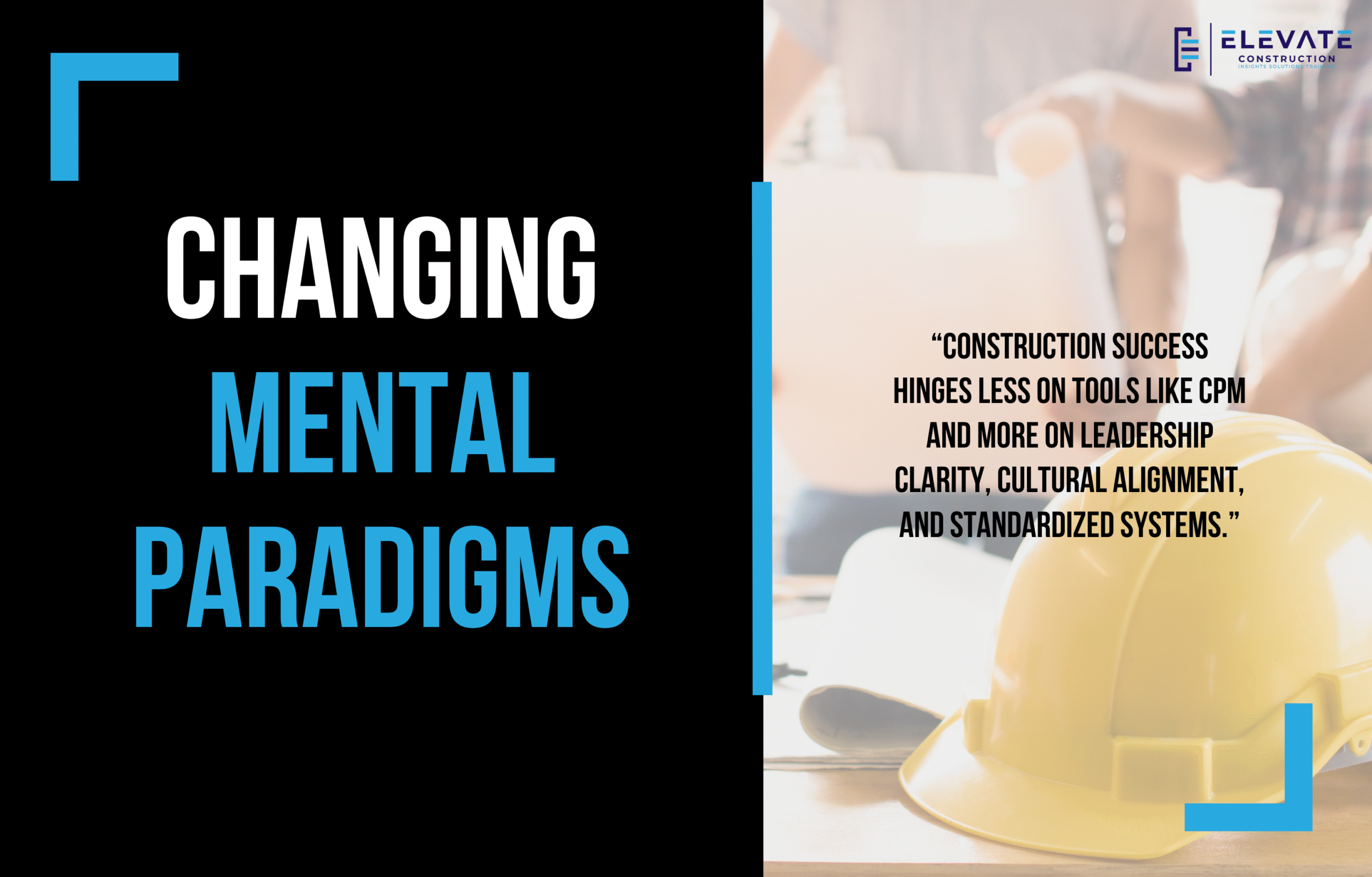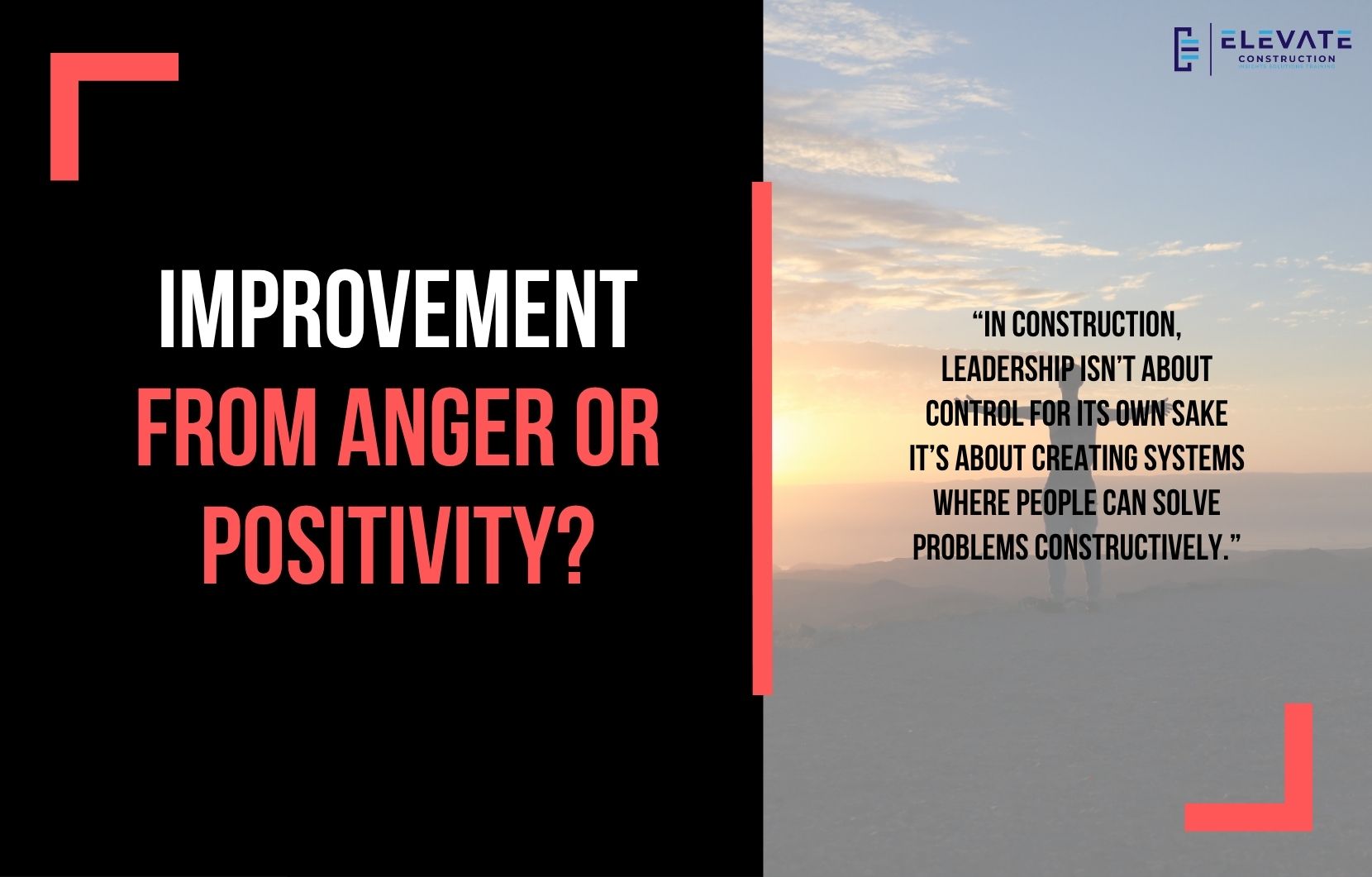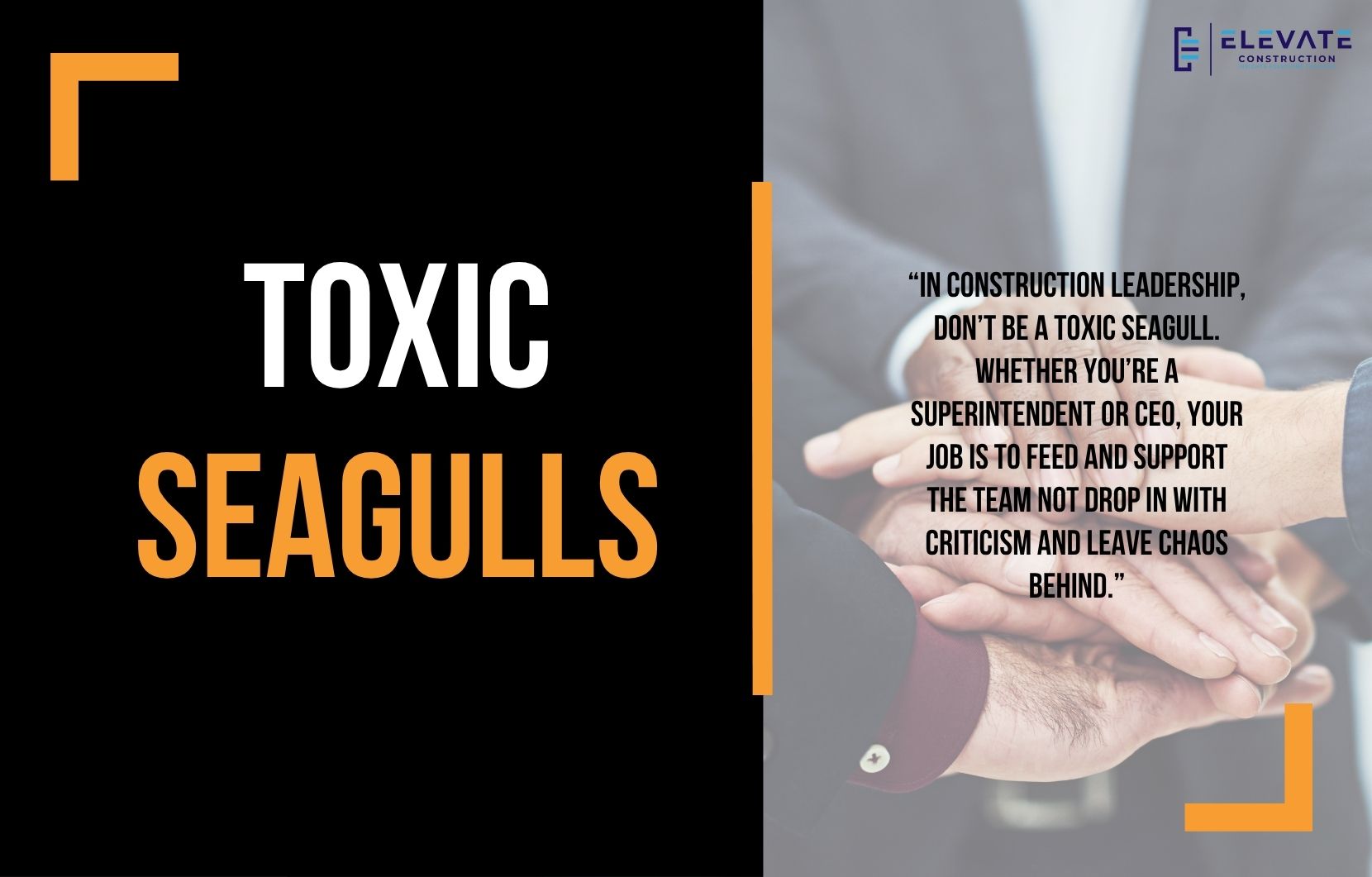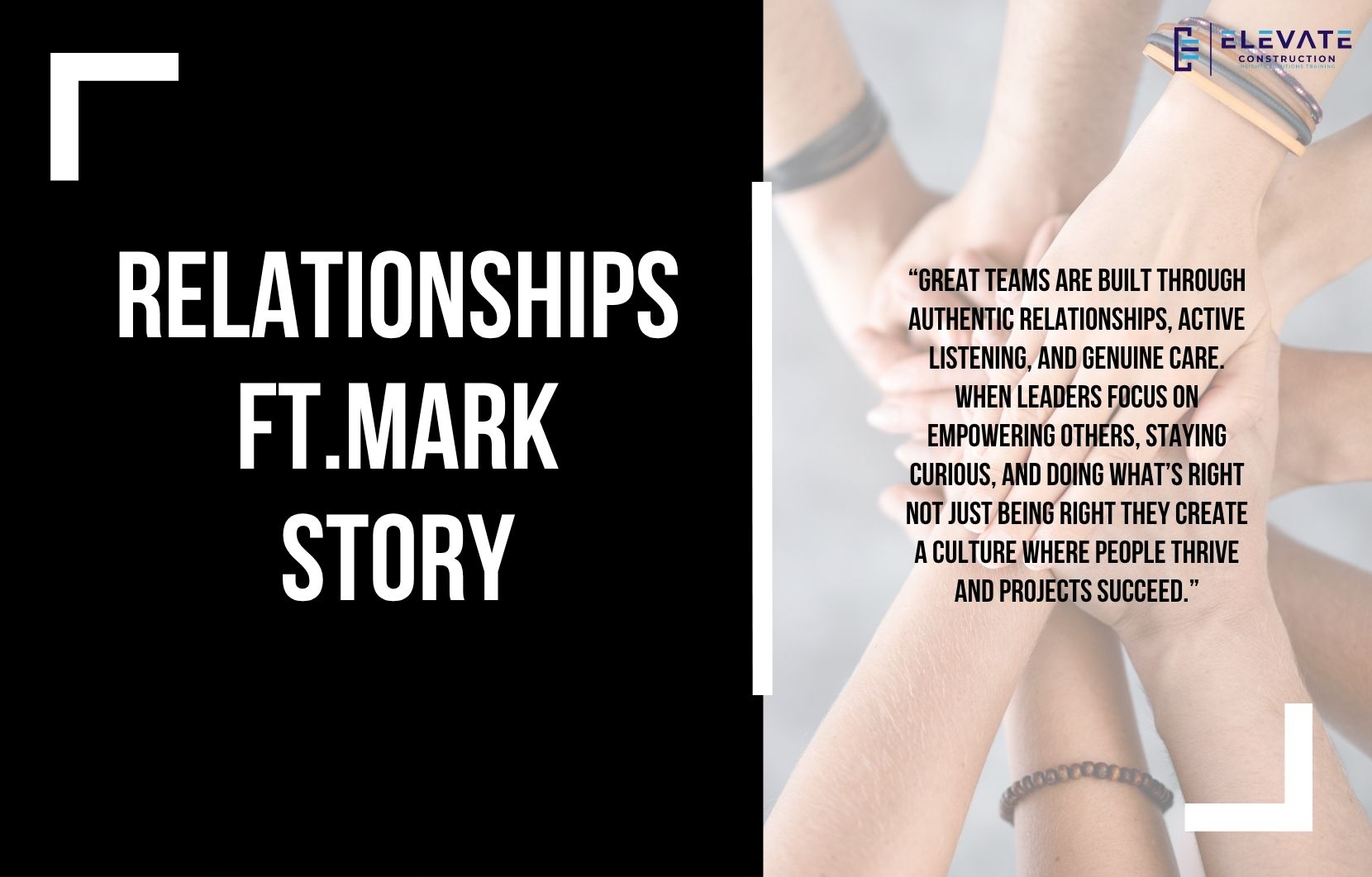How a Virtual Job Walk Taught Me a Humbling Lesson in Safety Awareness
In this blog, Jake Smalley shares a deeply personal story that turned into a powerful teaching moment for construction safety and leadership. After a nasty bike crash left him bruised and concussed but thankfully alive he rebounded with a renewed focus and an innovative idea.
Jake wanted to walk a group of 50–60 superintendents through his job site in Tucson to highlight the often overlooked hazards that lead to soft tissue injuries, like pinches and cuts. But logistics made a physical walk-through nearly impossible. That’s when inspiration hit: a Matterport virtual scan.
From Zillow to Jobsite Insight
Jake had been browsing Zillow, intrigued by the real estate platform’s virtual home tours. That led to the realization: Why not use the same technology to do a virtual safety walkthrough of a live jobsite?
He Matterported his site on a regular workday no cleanup, no prep, no warning to trades and captured a realistic snapshot. Then, at the superintendent meeting, he handed out real pre-task plans from different trades and asked the supers to review the scan. Their job? Identify soft tissue hazards the crews should have noted on their pre-task plans.
The Unexpected Audit
Jake’s intention was to encourage specificity in hazard identification. Too often, terms like “pinch points” or “cuts” are written vaguely. He wanted crews to call out exactly what could cause harm like the sliding platform on a scissor lift or bulky ladders that pinch fingers. Specificity leads to awareness, and awareness leads to prevention.
But when the superintendents reviewed the footage, the feedback wasn’t what Jake expected.
Instead of focusing on soft tissue hazards, they zeroed in on every safety violation they could see no gloves, no glasses, workers on their phones. It quickly morphed into a surprise safety audit.
Jake admitted it was humbling and honestly, a bit embarrassing. But it also sparked a massive realization: There are always things happening on your job that you don’t see. And if you really want to improve, you have to be willing to look even if it stings.
The Lesson in Transparency
The takeaway wasn’t just about how to use Matterport as a safety tool. It was about embracing transparency and humility. Jake saw things he and his team had walked past daily. A floor drain that hadn’t been addressed. A safety behavior that went unchecked.
The experience taught him and the rest of us that even clean, safe jobsites can hide risks in plain sight. Sometimes we need a fresh perspective or a 3D scan to see the truth.
And here’s the real challenge: Can you do the same?
Jake dares all construction professionals to scan their sites during real-time operations. No prep. No polish. No warning. Just raw honesty. What you’ll see might surprise you and push you to lead better, safer teams.
Key Takeaway:
True jobsite safety goes beyond general awareness it requires both clear visibility and specific identification of risks. Tools like Matterport allow teams to see the site with fresh eyes, uncovering hidden hazards that might otherwise go unnoticed. But recognizing danger isn’t enough; crews must also move beyond vague terms and clearly name the specific risks tied to their tasks. This combination of visual insight and precise hazard identification transforms safety from a checklist exercise into a culture of real accountability and proactive injury prevention.
If you want to learn more we have:
-Takt Virtual Training: (Click here)
-Check out our Youtube channel for more info: (Click here)
-Listen to the Elevate Construction podcast: (Click here)
-Check out our training programs and certifications: (Click here)
-The Takt Book: (Click here)
Discover Jason’s Expertise:
Meet Jason Schroeder, the driving force behind Elevate Construction IST. As the company’s owner and principal consultant, he’s dedicated to taking construction to new heights. With a wealth of industry experience, he’s crafted the Field Engineer Boot Camp and Superintendent Boot Camp – intensive training programs engineered to cultivate top-tier leaders capable of steering their teams towards success. Jason’s vision? To expand his training initiatives across the nation, empowering construction firms to soar to unprecedented levels of excellence.
On we go

